Explore 50 Years of Philippine Design at the National Museum of Fine Arts
The 50 Years of Philippine Design and Beyond exhibit shows the timeline of our nation’s creativity, reflecting the moment and movement of Filipino design
Evolution is the quiet passage of time, a subtle transition from what was to what could be. In design, it isn’t a passive mirror reflecting trends, but an engaged sculptor, molding and remolding the narrative of aesthetics. It breathes into the spirit of an era, shaping and reshaping our lives. The 50 Years of Philippine Design and Beyond exhibit at The National Museum of Fine Arts reveals design doesn’t evolve; it reflects.
The Design Center of the Philippines (DCP) emerged as a force, propelling design as an economic driver through continuous innovation in forms, processes, and materials. The future of Philippine design unfolds with a clear vision. Designers champion zero-waste systems, circular economies, and sustainable development goals, leading efforts in community empowerment projects that yield both commodities and collective well-being.
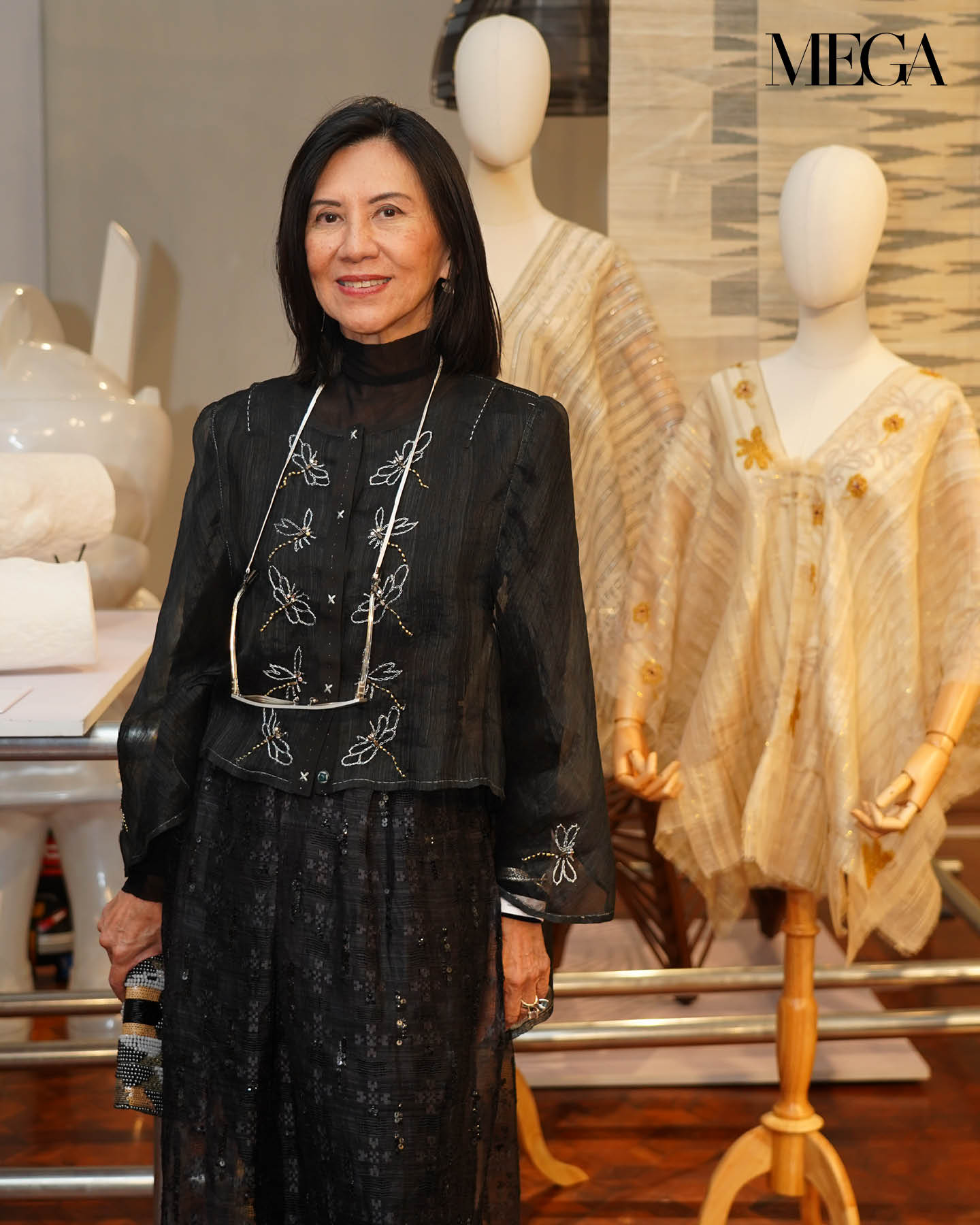
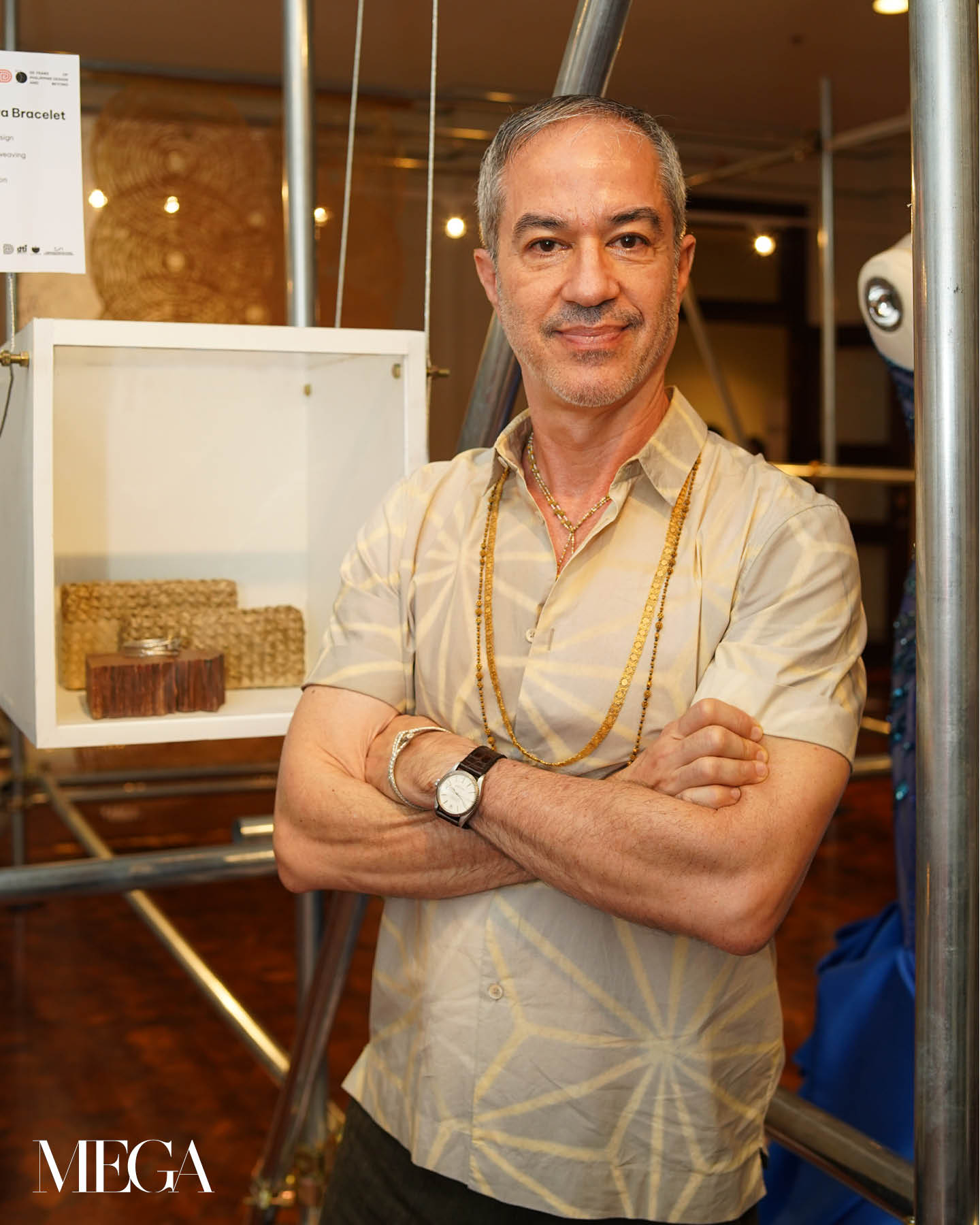
Exploring the past 50 years of Filipino design reveals a story of evolution and shared values. The 50th Anniversary of the Design Center of the Philippines is not just a milestone but a window into the collective sensibility of Filipino designers. This retrospective exhibition paints a picture of moments, where significant shifts have reshaped the relationship between creativity and commerce, leading to transformative changes and a recent focus on regenerative and life-supporting design.
At the panel, Exhibit Curator Marian Pastor Roces, DCP executive director Rhea Matute, National Museum deputy director Jorell Legaspi, and Exhibit designer Arch. Royal Pineda express hope for the future of Philippine design, emphasizing the innate positivity of designers who strive to create functional and successful solutions. Despite challenges like the COVID-19 pandemic, they highlight the resilience of Filipino designers and their ability to collaborate on projects.
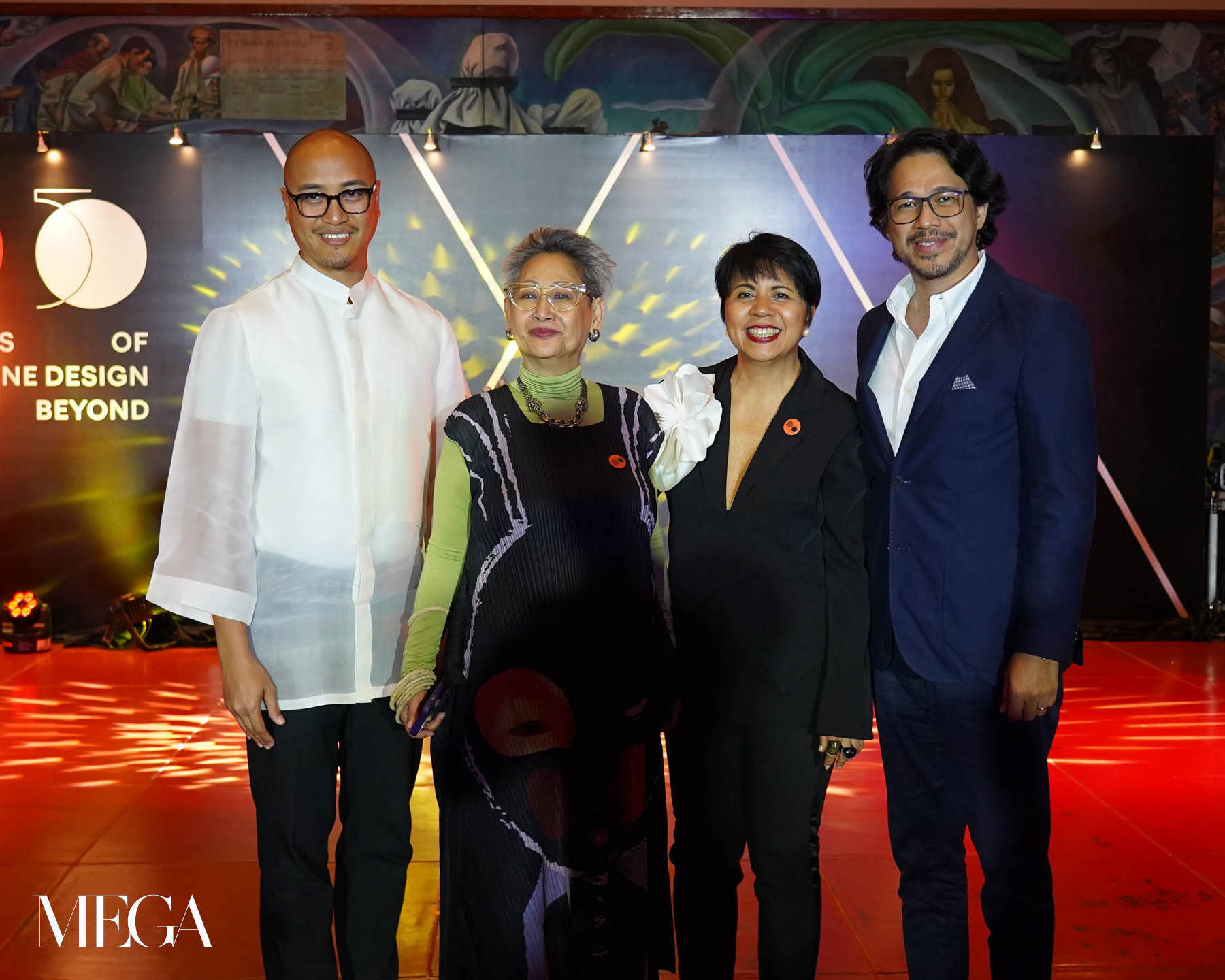
The importance of developing a creative language that emotionally connects with people is stressed, with an emphasis on recognizing unquestionable truths, such as the environmental impact of fashion. The circular economy is promoted as a model for sustainable production and consumption, urging designers to actively participate. The emphasis is on ongoing conversations, collaborations, and the increasing global recognition of Filipino designers, fostering confidence and optimism for the future.
The selected products and images showcased in this exhibition tell a story of dual directions embraced by Filipino designers. On one hand, there is a wholehearted embrace of trade, turning the Philippines into a robust global hub. Including Salvacion Lim Higgins’s Italian silk taffeta dress; Kenneth Cobonpue’s Yin and Yang Easy Armchair which made him known as a name; and, through vintage photos, Pierre Cardin was shown to have started his atelier in Manila with Jean Paul Gaultier as his assistant.
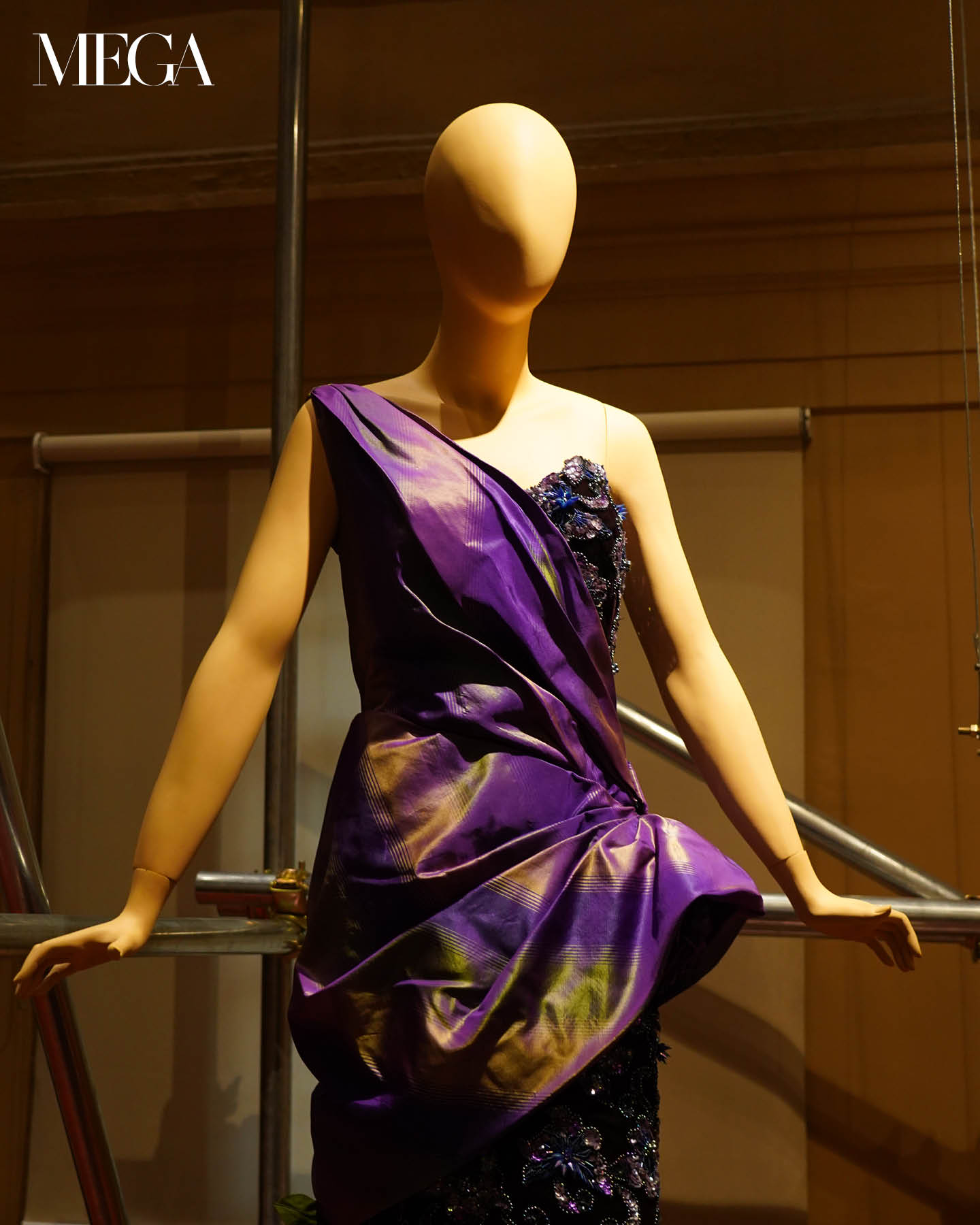
On the other, designers harbor a deep fascination for local culture, creating a complex design ethos that has evolved over five decades. This includes Ermita Magazine, containing articles that explore 1970s culture; a vinyl record of rockband Maria Cafra; and an experimental cinema original poster of 1985’s Manila By Night by Ishmael Bernal.
This exhibition serves as a rich resource for scholars, artists, designers, manufacturers, and cultural workers, elevating the appreciation of myriad creations that enrich daily life.
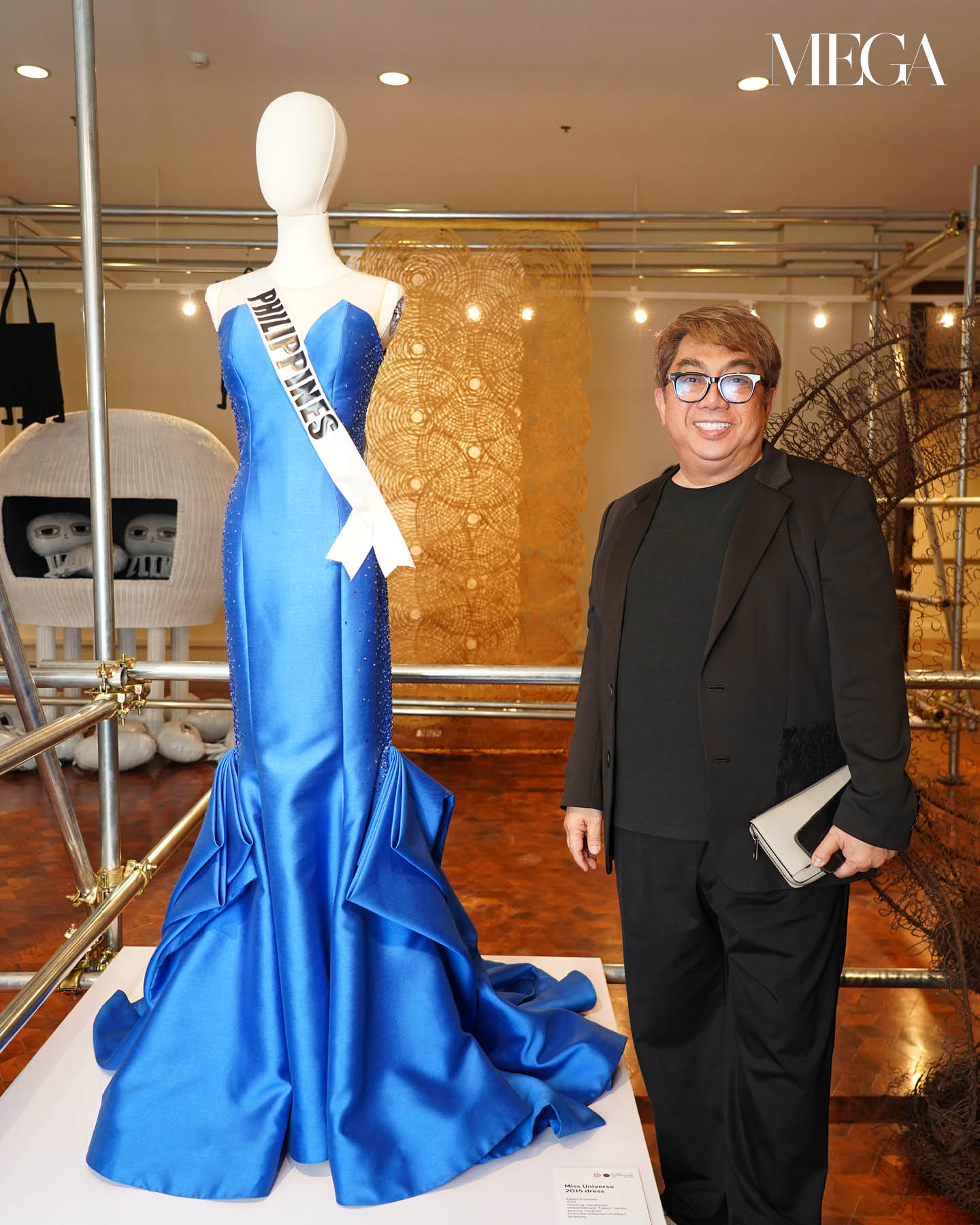
The 2023 innovations, symbolized by adaptations of the 1982 chair National Artist Arturo Luz designed, stand as notations on the future. Filipino designers find sheer joy in designing within the Philippine context—an environment infused with the energy of familial and community networks. This national context intertwines with designers’ efforts to alleviate poverty and transform the social landscape.
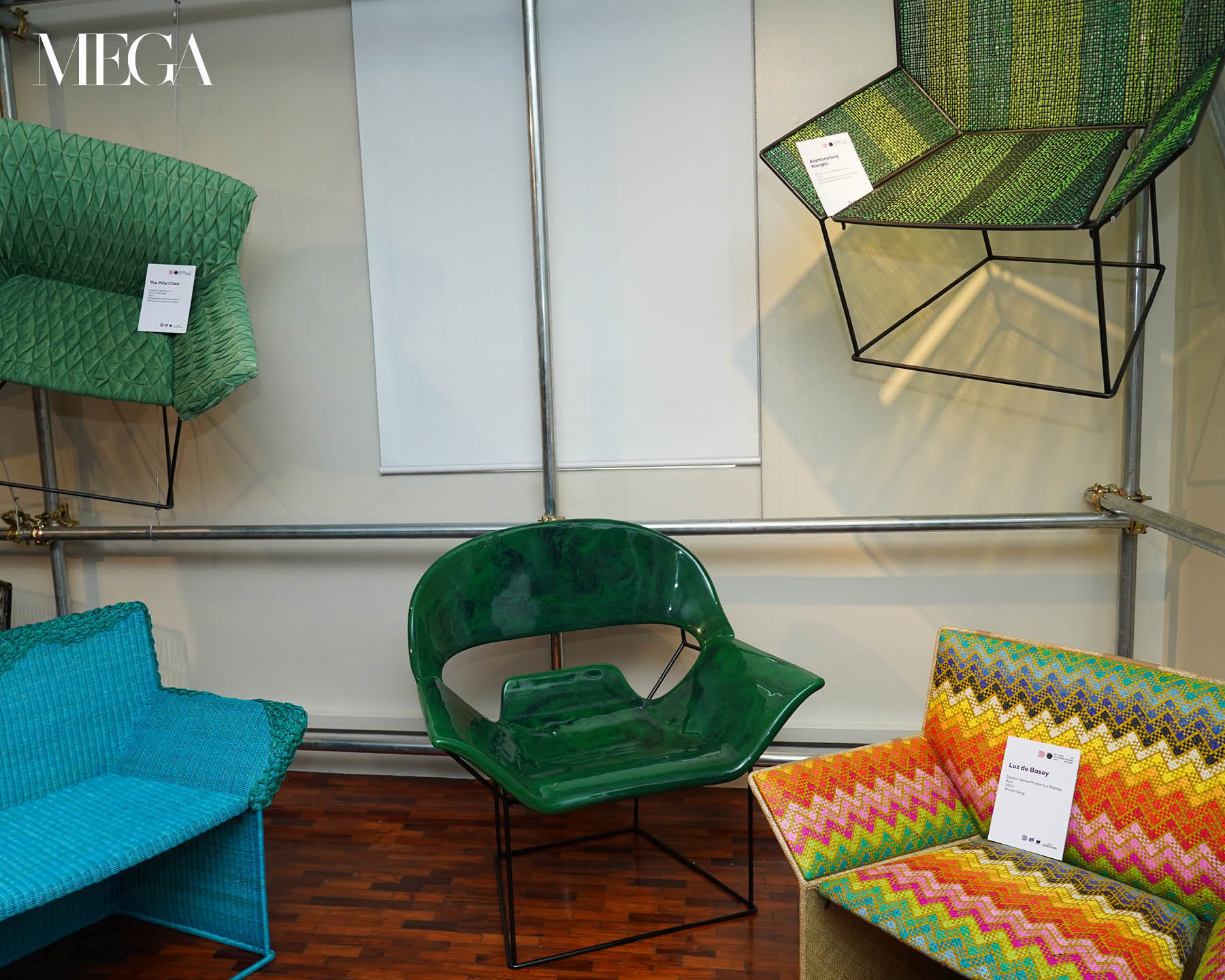
Looking ahead, the future of Philippine design appears to be sustained by a profound conception of the creative act—a force shaping things and systems for global circulation, deeply involved in living circulations that regenerate both creativity and life itself. Design isn’t merely evolution but a reflection: of ourselves. Essentially, Philippine Design is a collective endeavor, a collective working together to create a vibrant and sustainable future.
“50 Years of Philippine Design and Beyond” will be open to the public starting December 12, 2023, and will be on display at the National Museum of Fine Arts until March 3, 2024.
Photography KIM ANGELA SANTOS
The post Explore 50 Years of Philippine Design at the National Museum of Fine Arts appeared first on MEGA.
Explore 50 Years of Philippine Design at the National Museum of Fine Arts
Trending Updates Central

No comments: